What Primates Where
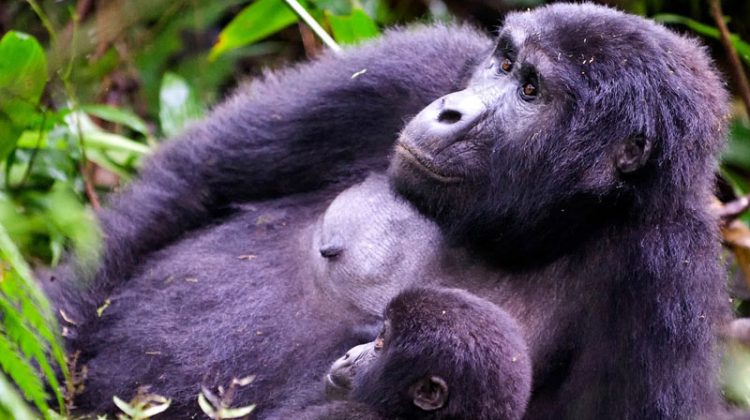
With chimpanzees sharing 99% and gorillas 98% of DNA with humans, they are our closest living relatives. Both are among a number of ‘key species’ of primates on many people’s safari wish lists. The others we get asked for most regularly include lemurs and gelada baboons.
Chimpanzees
Chimps in Uganda are found in Kibale National Park, Kyambura Gorge and Budongo Forest. The larger population is in Kibale where some 1,500 individuals have been recorded. It is here that, as well as daily tracking, visitors can join resident researchers in their chimpanzee habituation programme. It’s a fascinating way to gain an insight into the lives of the chimps in the park. Kyambura Gorge is a section of the Queen Elizabeth National Park and chimp tracking activities here can be combined with classic wildlife viewing in other areas of this famous park which supports a wide variety of species. Budongo Forest is part of Murchison Falls National Park and is home to around 700 chimpanzees of which three family groups are partially habituated to human visitors.
Tanzania’s chimps are found in the far west of the country in the remote Mahale Mountains and in Gombe National Park. Spend an hour with the chimpanzees at Mahale and you’re likely to see the subtleties of family relationships, to watch the youngsters practising their climbing skills and even wonder which of the adolescents might be plotting a coup. They are a fast moving group and it can take up to a couple of hours tracking in the forest before finding them, but following the sounds and signs of the group ahead while you walk is all part of the experience. Away from the adrenaline fuelled activities in the forest Greystoke Lodge offers fishing, kayaking, sunset dhow trips and general relaxation in a glorious setting.
Mountain Gorillas
The thickly forested slopes of Bwindi Impenetrable Forest National Park are home to Uganda’s mountain gorillas. There are around 400 known to be living here, divided into a number of family groups. Local trackers record roughly where the habituated families are located so that visitors can have some idea of the likely length of track. Particularly useful in this park as tracking in Bwindi can be difficult with sometimes steep and slippery paths – where possible rangers will allocate gorilla family groups according to the fitness of visitors.
Rwanda’s gorillas live on the volcanoes of the Virunga Mountains. The terrain is slightly gentler here than in neighbouring Uganda and the bamboo forests of the lower slopes offer lighter photographic conditions than those in Bwindi’s forests. It’s where Dian Fossey – whose research is widely credited with saving gorillas from extinction by highlighting their plight in the mid-1960s – carried out her research. Today’s travellers can visit the Karisoke Centre she established.
Gelada Baboon
While Ethiopia is noted for its distinctive history and culture it also has some unique wildlife. The gelada baboons are charismatic primates found throughout the northern highlands, particularly the Simien Mountains where there are around 4,500 animals. Highly sociable and living in large groups, they are fairly relaxed around humans and it’s possible to sit with them and watch as they interact with one another. What with their laid back manner and the spectacular habitat in which they live, they offer some truly stunning photographic opportunities.
Lemur
Madagascar’s lemurs are a fascinating bunch. They range in size from tiny, almost mouse-like to something akin to a large monkey. Colourings, markings and vocalisation are almost as diverse. Found only in Madagascar they do well in a variety of habitats ranging from forest to desert. Although Madagascar can be a challenging place to visit, the rewards are immense – not only unique wildlife like lemurs – but many other endemics too, along with scenery experienced nowhere else in the world.
Any questions?
If you’ve got this far and not found an answer to a question you have that we should have included, please ask in the comments section below, or pop us an email. We’ll be sure to reply and may amend the article to include our answer.
What next?
We would be delighted to help you plan a holiday, or answer any questions if you’re at an earlier stage. Our team of experts have travelled widely throughout Africa. They can offer expert advice on every type of safari from family and beach holidays to riding and primate safaris. If you would like to talk to someone who has been there and done it, please just send us an email or give us a call.
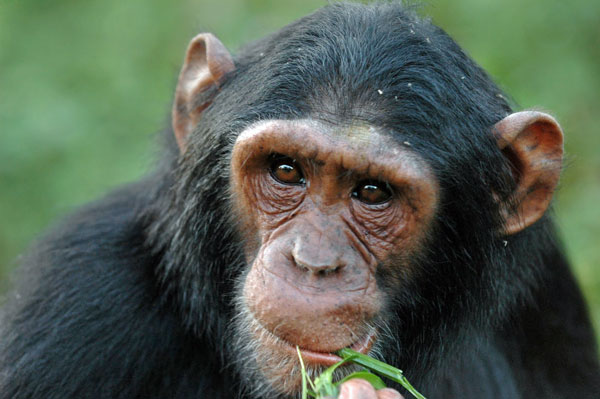
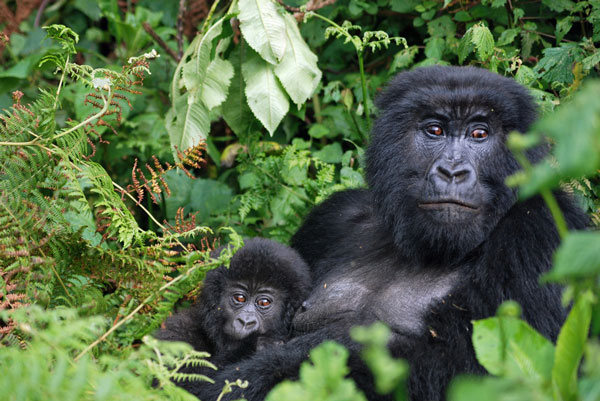
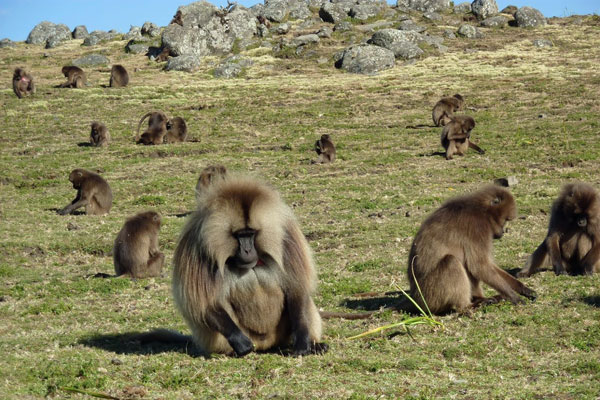
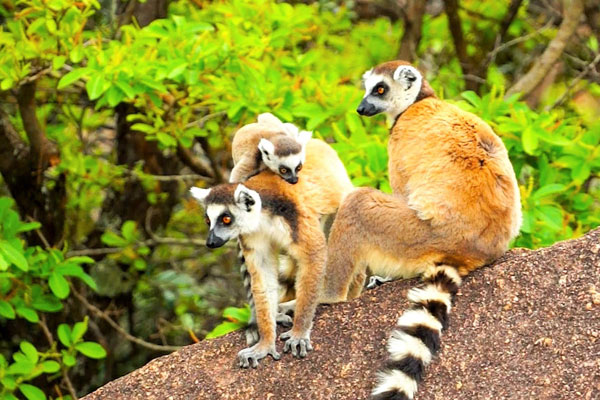
Leave a Reply